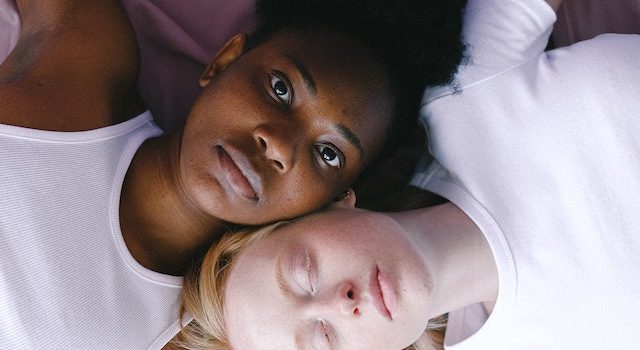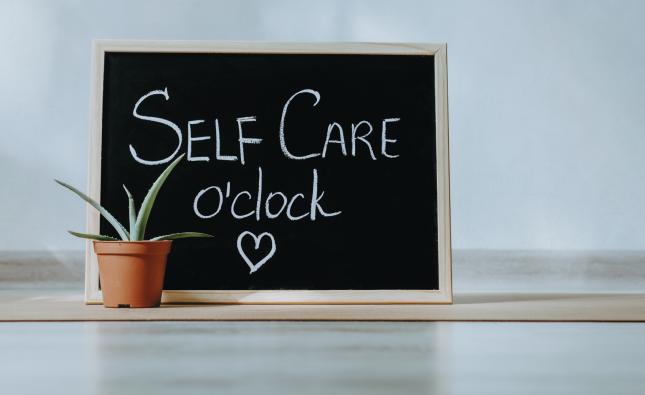
In a world that promotes diverse ideals of beauty, colorism remains a persistent issue that affects individuals across cultures and ethnicities. Defined as the preferential treatment or prejudice based on skin tone, colorism has far-reaching consequences on individuals’ self-esteem and mental health. In this article, we delve into why colorism matters, exploring its impact on self-perception, social dynamics, and overall well-being.
Internalized Bias and Self-Esteem:
Colorism influences how individuals perceive themselves and their worth based on their skin tone. Lighter skin tones are often associated with beauty, privilege, and desirability, while darker skin tones are subjected to marginalization and discrimination. As a result, individuals with darker complexions may internalize these biased beauty standards, leading to lower self-esteem and a distorted self-image. The constant comparison to an unattainable and exclusive standard of beauty takes a toll on their confidence and sense of self-worth.
Social Dynamics and Interpersonal Relationships:
Colorism also shapes social dynamics and interpersonal relationships. Lighter-skinned individuals may receive preferential treatment and enjoy certain privileges in various aspects of life, including education, employment, and romantic relationships. This creates an imbalance of power and perpetuates a hierarchy based on skin tone. Conversely, those with darker skin may face discrimination, exclusion, and even ridicule, resulting in feelings of alienation and the erosion of social connections. These negative experiences can lead to isolation, a lack of belonging, and emotional distress.
Mental Health Implications:
The impact of colorism on mental health should not be underestimated. The constant exposure to discriminatory beauty standards and the subsequent marginalization can lead to heightened stress levels, anxiety, and depression. Individuals may develop a negative self-image and engage in harmful behaviors, such as skin-lightening practices or seeking validation through conforming to societal norms. Moreover, the perpetuation of colorism in media, advertising, and popular culture exacerbates these mental health challenges, reinforcing the idea that one’s worth is tied to skin tone.
Intersectionality and Identity:
Colorism intersects with other forms of discrimination, such as racism, sexism, and classism, further compounding its effects. Women, in particular, bear the brunt of colorism, facing societal pressures to conform to Eurocentric beauty standards that prioritize lighter skin. This intersectionality creates a complex web of challenges, as individuals navigate multiple layers of discrimination and negotiate their sense of identity. It is essential to acknowledge and address these intersecting factors to foster a more inclusive and supportive environment for all.
Challenging Colorism and Promoting Healing:
To combat colorism, it is crucial to promote awareness, education, and dialogue. By engaging in open conversations, we can challenge societal beauty norms, dismantle biases, and foster a more inclusive understanding of beauty. Media outlets, brands, and influencers have a responsibility to diversify representation and actively promote inclusivity. Embracing diverse beauty standards, celebrating all skin tones, and highlighting the inherent worth and beauty of every individual can help counter the damaging effects of colorism.
Moreover, mental health support and resources should be accessible to those affected by colorism. Encouraging self-acceptance, promoting positive body image, and providing platforms for marginalized voices can aid in healing and empowerment. By fostering a sense of community and celebrating diversity, we can create a society that appreciates the richness of all skin tones and uplifts individuals, irrespective of their appearance.
In conclusion, colorism is a pervasive issue that deeply impacts individuals’ self-esteem, mental health, and overall well-being. Recognizing the detrimental effects of colorism is the first step towards challenging its influence. By promoting inclusivity, embracing diverse beauty standards, and advocating for systemic change, we can create a more equitable and accepting society—one that celebrates the beauty in all its vibrant shades and values individuals based on their character and contributions rather than their skin tone.










